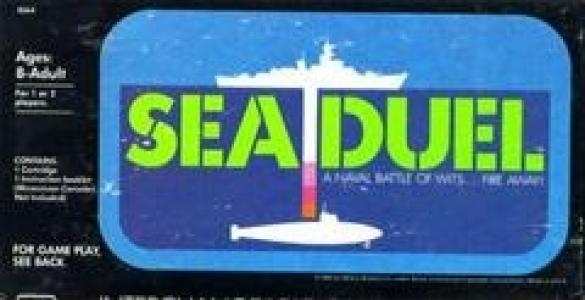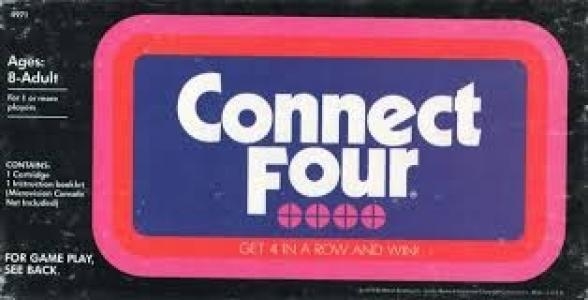
Milton Bradley Microvision
Milton Bradley Microvision Specifications
| Manufacturer: | Milton Bradley Company |
| Developer: | Milton Bradley |
| CPU: | Texas Instruments TMS1100 (On cartridge) (Early cartridges were Intel 8021) |
| Memory: | 64 bytes RAM, 2K ROM |
| Graphics: | LCD Custom Driver (made by Hughes) |
| Sound: | Piezo beeper |
| Medium: | ROM cartridge |
| Display: | 16 × 16 pixels resolution |
The Microvision (aka Milton Bradley Microvision or MB Microvision) is the very first handheld game console that used interchangeable cartridges and in that sense is reprogrammable. It was released by the Milton Bradley Company in November 1979. The Microvision was designed by Jay Smith, the engineer who would later design the Vectrex gaming console. The Microvision's combination of portability and a cartridge-based system led to moderate success, with Smith Engineering grossing $15 million in the first year of the system's release. However, very few cartridges, a small screen, and a lack of support from established home video game companies led to its demise in 1981. According to Satoru Okada, the former head of R&D Department stated that the Microvision gave birth to Nintendo Game & Watch after Nintendo designed around Microvision's limitations.
The Microvision had a monochrome LCD screen and a directional pad for control. Its library of games included titles like Block Buster, Connect Four, and Sea Duel. While it was innovative for its time, the Microvision struggled to compete with larger consoles like the Atari 2600, and production ceased after only two years. Nevertheless, the Microvision remains an interesting footnote in gaming history as one of the earliest examples of a handheld game console.
Unlike most later consoles, the Microvision did not contain an onboard processor (CPU). Instead, each game included its own processor contained within the removable cartridge. This meant that the console itself effectively consisted of the controls, LCD panel and LCD controller.
The processors for the first Microvision cartridges were made with both Intel 8021 (cross licensed by Signetics) and Texas Instruments TMS1100 processors. Due to purchasing issues, Milton Bradley switched to using TMS1100 processors exclusively including reprogramming the games that were originally programmed for the 8021 processor. The TMS1100 was a more primitive device, but offered more memory and lower power consumption than the 8021. First-revision Microvisions needed two batteries due to the 8021's higher power consumption, but later units (designed for the TMS1100) only had one active battery holder. Even though the battery compartment was designed to allow the two 9-volt batteries to be inserted with proper polarity of positive and negative terminals, when a battery was forcefully improperly oriented, while the other battery was properly oriented, the two batteries would be shorted and they would overheat. The solution was to remove terminals for one of the batteries to prevent this hazard. Due to the high cost of changing production molds, Milton Bradley did not eliminate the second battery compartment, but instead removed its terminals and called it a spare battery holder.
Latest on Milton Bradley Microvision

Sea Duel
Sea Duel is a turn-based strategy game. The player chooses to play as a ship or a submarine. The objective of the ship is to hit the sub with depth ch...

Connect Four
The classic checkers game for your MB Microvision!